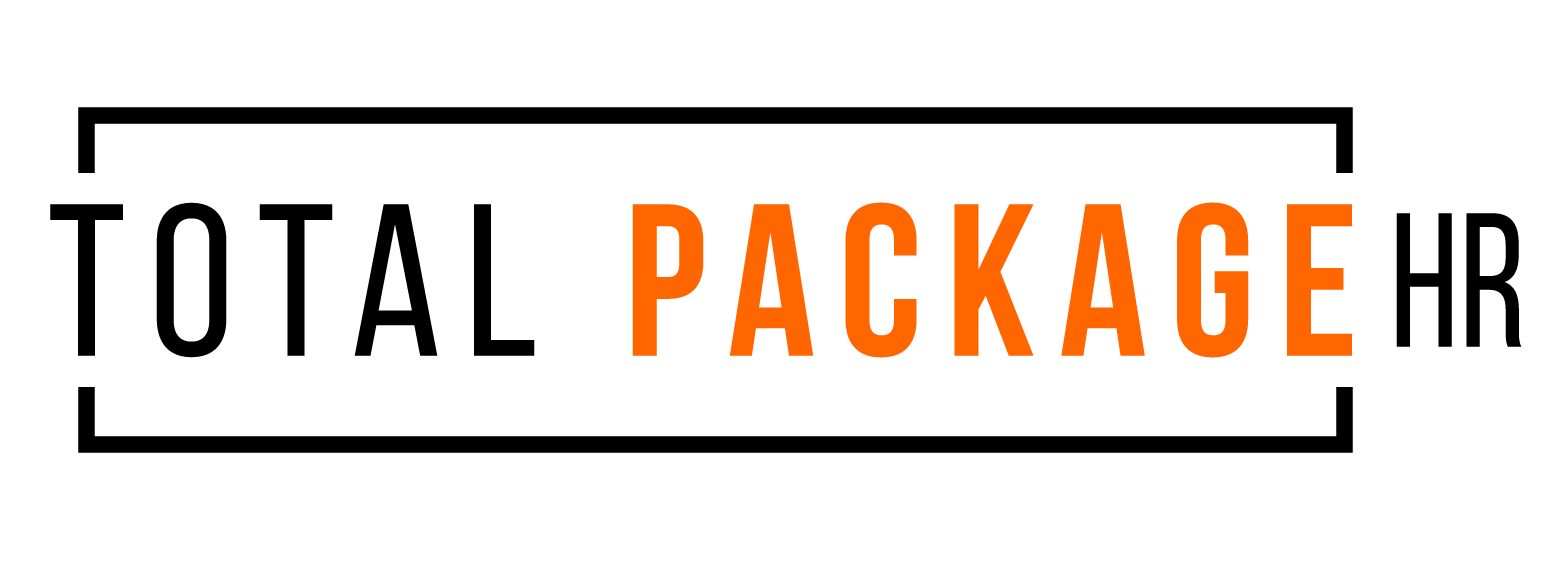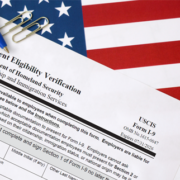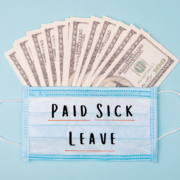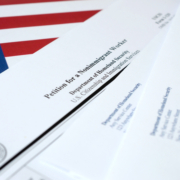Many California employers will need to amend their Injury and Illness Prevention Program (IIPP) to include a Workplace Violence Prevention Plan. The policy requirements include recognizing and correcting hazards, training employees on identifying suspicious behavior and reporting, how to respond to actual or potential workplace violence situations and keeping a log of certain information.
Exempted from this regulation are the following:
- Healthcare facilities who already have the required Violence Prevention in Healthcare policy/plan
- All other employers who have a Violence Prevention in Healthcare policy/plan
- Facilities operated by the Department of Corrections and Rehabilitation
- Law enforcement agencies
- Employees teleworking from a location of the employee’s choice, not under the control of the employer (such as a home office, or shared workspace not owned by the employer).
Note this only exempts the employee – not the employer. This means if the employer has a covered place of business, the employer will need to comply with the regulation for their place of business.
- Places of employment that are not accessible to the public, where there are less than 10 employees working in the location at any given time, and if the location already complies with other IIPP requirements.
As you would expect from the State, the requirements for the Workplace Violence Prevention Plan are as extensive and must include:
- Name and job title of who will be responsible for the plan.
- How the company will keep employees involved in the development, design, and implementation of the plan through investigating and reporting workplace violence incidents.
- Method the employer will use to coordinate the plan with other employers, when applicable, to ensure everyone is aware of their responsibilities in the plan.
- How the company will accept and respond to reports of workplace violence, and make clear retaliation is prohibited against an employee for reporting.
- Procedure to communicate with employees regarding workplace violence matters, including:
- How an employee can report a violent incident, threat or other concern to the company or law enforcement without fear of reprisal.
- How employee concerns will be investigated.
- How employees will be informed of the results of an investigation and any action taken to correct hazards.
- Procedure to respond to workplace violence emergencies, including:
- How employees will be alerted of the details.
- Evacuation plans.
- How to obtain help from staff assigned to respond to workplace violence emergencies, security personnel and/or law enforcement.
- Procedure to develop and provide required training to employees.
- How the company will identify and evaluate workplace violence hazards, including:
- Scheduled periodic inspections.
- Reviewing work practices.
- Reviewing employee reports and concerns.
- How the company will correct hazards in a timely manner.
- Post-incident procedure and response.
- Review of the plan and its effectiveness as needed, but no less than annually to ensure active employee involvement.
Training will be a required as part of the workplace violence prevention program implementation, and annually thereafter. Employers are required to keep training records for at least one year, though longer is recommended.
Training requirements include:
- A review of the company’s workplace violence prevention plan.
- How the employee can obtain a copy of the plan, at no cost.
- How an employee can participate in the development and implementation of the plan.
- Reporting procedures to the company and/or law enforcement.
- What constitutes violence, hazards, emergencies, and threats in the workplace.
- Workplace violence hazards specific to employee’s jobs and the corrective measures the company has implemented to mitigate those risks.
- How to seek assistance to prevent or respond to violence and strategies to avoid physical harm.
- Where an employee can review the required incident log.
- An interactive Q&A with a person who is knowledgeable about the written plan.
You don’t need to start writing up your workplace violence prevention plan just yet. Cal/OSHA will likely be releasing a model template that meets the requirements of employers in low hazard industries that can be used to give you a head start. The effective date of this new requirement is July 1, 2024 – so we have some time!
If you require assistance with creating your plan or have any questions regarding the expectations or training requirements, contact your friends at TPHR!
